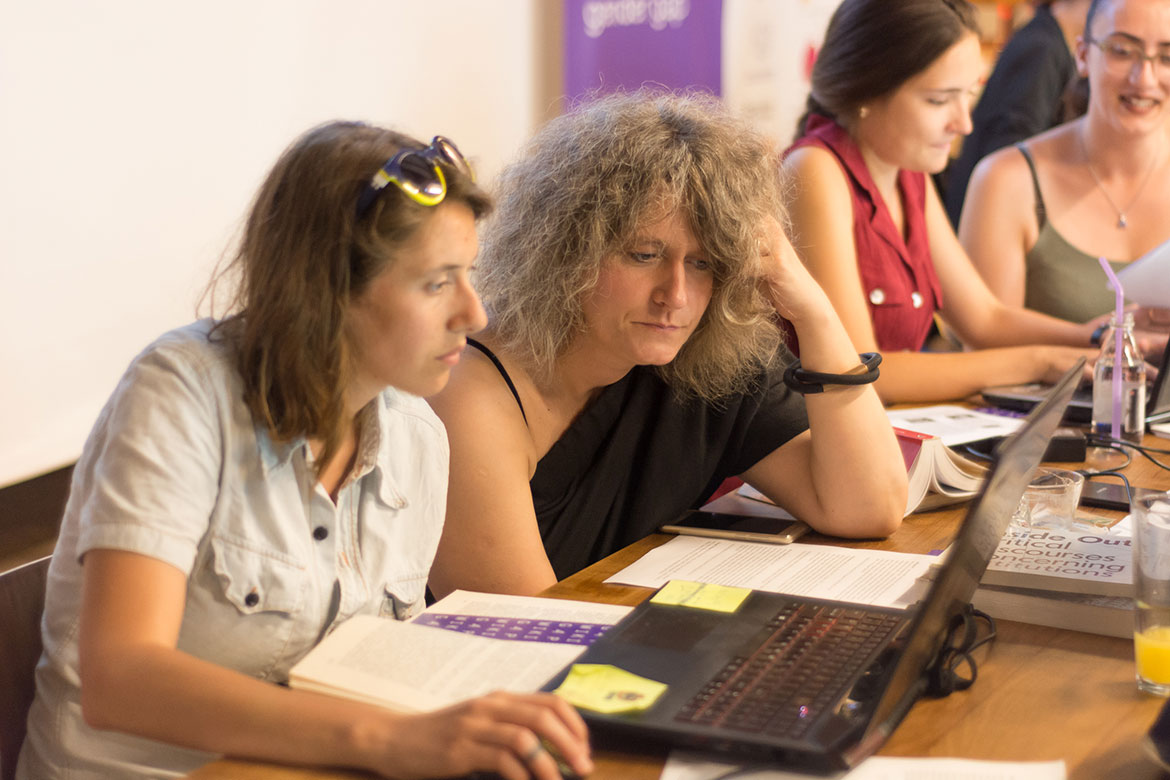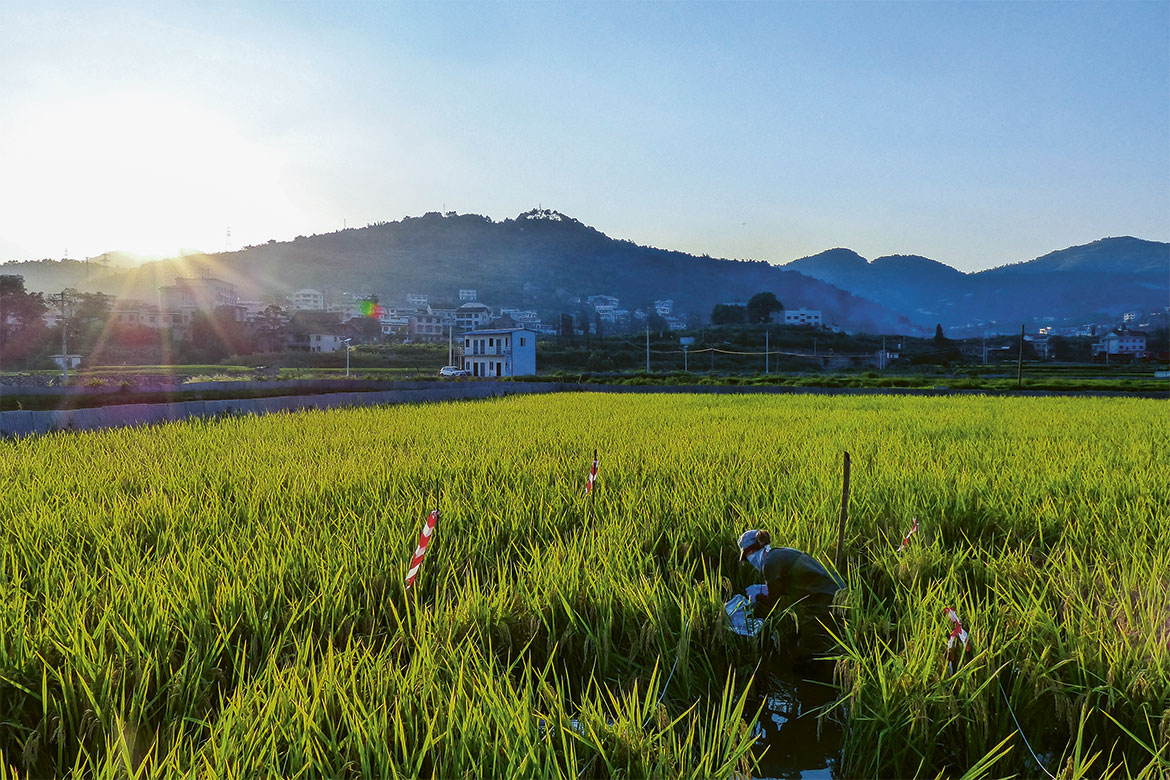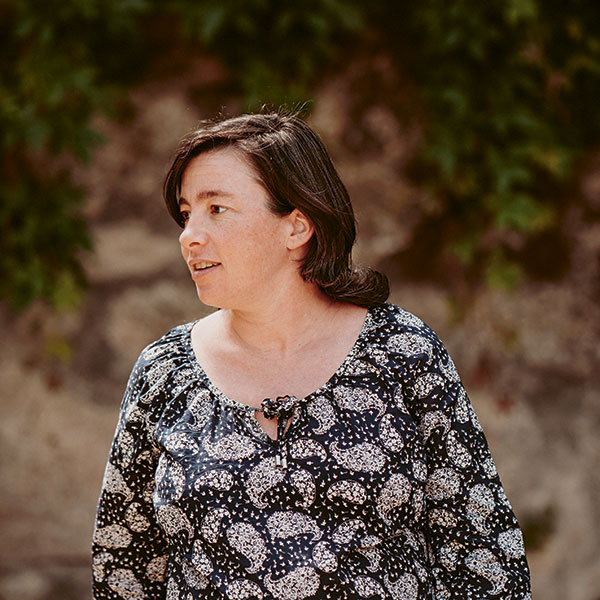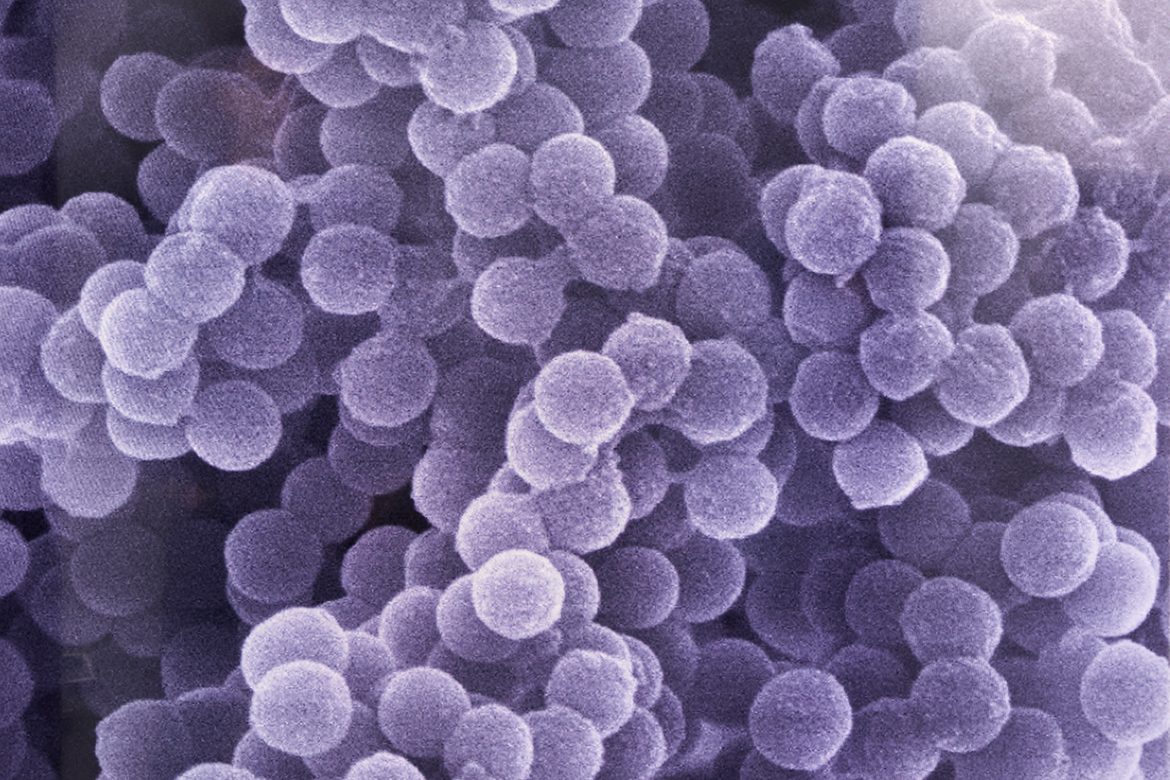Tracking new greenhouse gases above the eternal ice
Every year, the Jungfraujoch draws hundreds of thousands of tourists. But this gem of the Alpine world is also a place of research. The atmospheric scientist Martin Vollmer, for example, is tracking man-made gases at 3,500 metres above sea level.
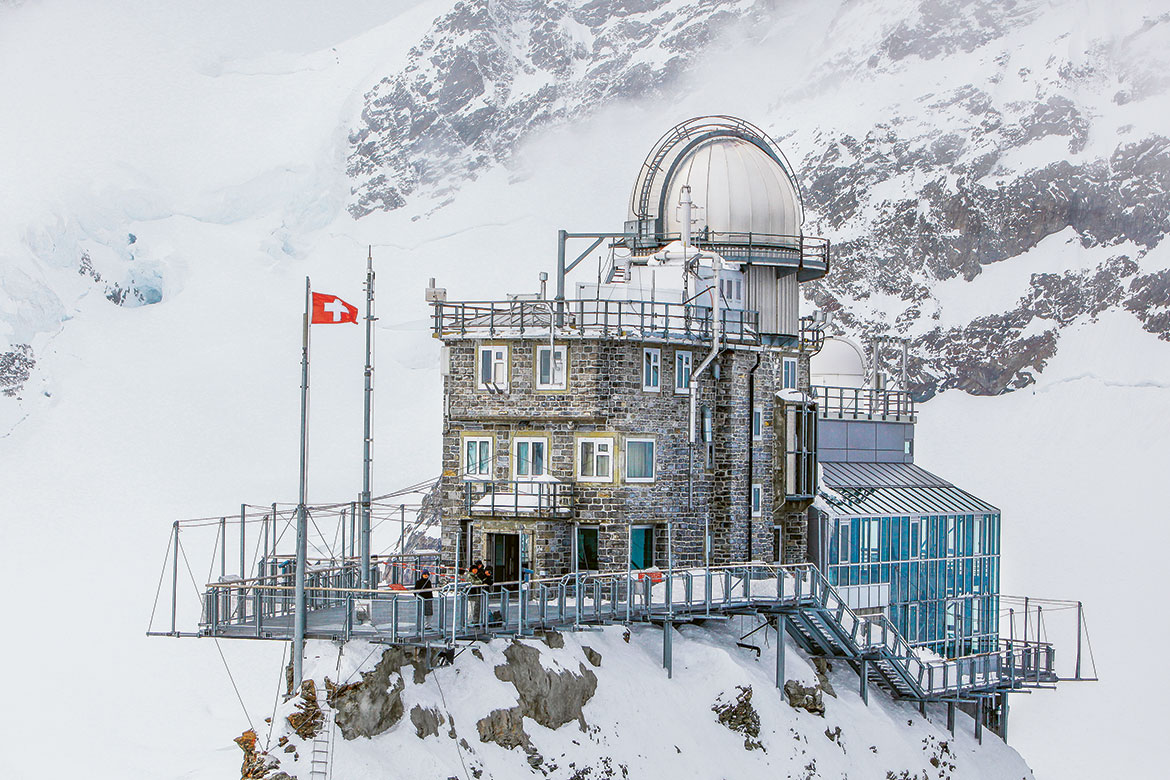
The main building of this research station, high above the Jungfraujoch railway station, was built in 1931. The ‘Sphinx’ observatory and the visitors’ observation deck were later additions. | Image: Jungfraubahnen
“When I go up to the Jungfraujoch, my day begins very early and ends very late. I have to leave Windisch at five in the morning in order to be up there by 10 a.m. There aren’t many tourists at that time, so I can go through the tunnel to the research station without any hustle and bustle. I spend a day there every two months or so, checking our instruments. While I’m working there, I sometimes become a real tourist attraction. Like when I have to take calibration gas up to the Sphinx – that’s the name of the upper floors of the complex with the visitors’ observation deck. People are curious and start asking questions. They take photos of me, and some of them even ask for selfies.
Up there, at 3,500 metres above sea level, I hunt for new greenhouse gases in the atmosphere, together with my team from the Swiss Federal Laboratories for Materials Testing and Research (EMPA). We are especially interested in compounds that occur in very small amounts and are difficult to measure – so-called trace gases.
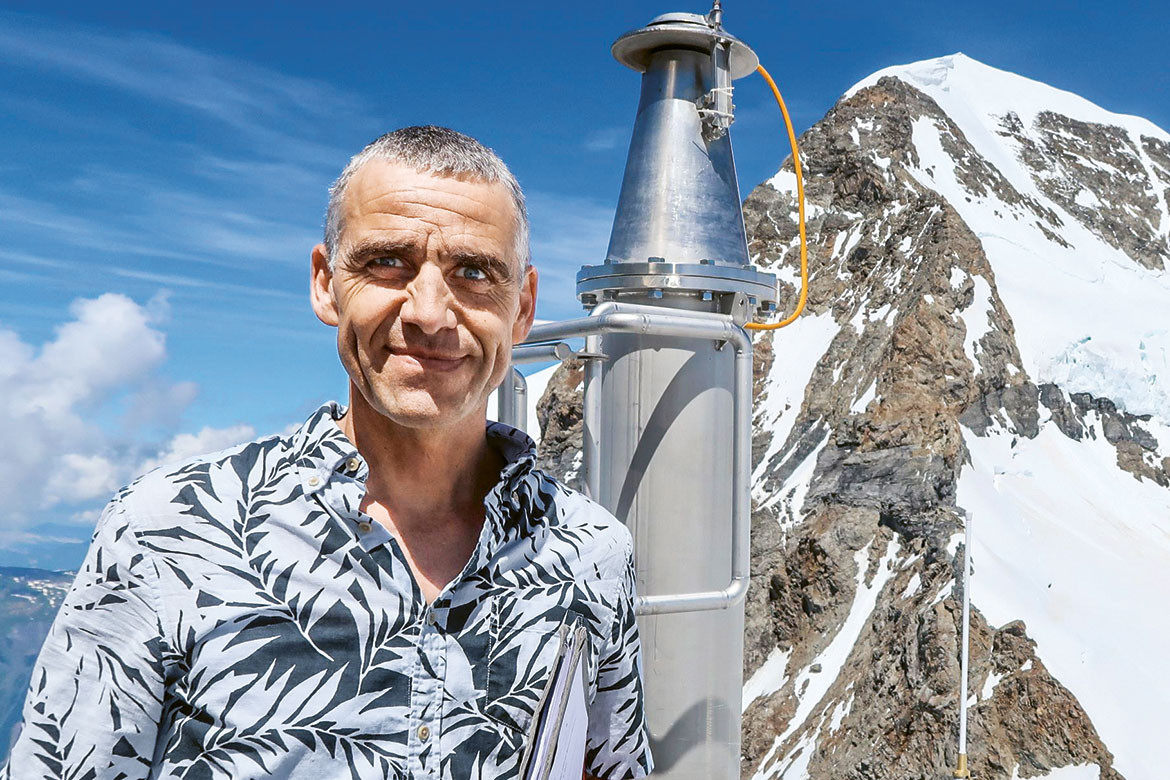
Martin Vollmer | Image: Judith Hochstrasser
Martin Vollmer is an atmospheric scientist and has been working on the Jungfraujoch for 10 years. He has specialised in recognising trace gases that damage the ozone layer, and powerful greenhouse gases that contribute to global warming. He belongs to the ‘Climate gases’ research group of the Swiss Federal Laboratories for Materials Testing and Research (EMPA) in Dübendorf. He took his doctorate in oceanography at the University of California San Diego, and later conducted research at the Max-Planck-Institute in Mainz in Germany and at the Climate Science Center in Melbourne in Australia.
I’ve divided them up into four groups. Everyone knows about the first two generations of gases, because they were responsible for the hole in the ozone layer: CFCs and HFCs. These were replaced by a third generation of halogen hydrocarbons that are harmless to the ozone layer, but are extremely powerful greenhouse gases that contribute to global warming. These were then replaced in turn by a fourth generation, the HFOs. These compounds have almost no impact on the climate, but they can decay into poisonous molecules. One of these decay products is trifluoroacetic acid (TFA), which is carried down by rain and enters our rivers and lakes. In high concentrations, TFA is harmful to micro-organisms. It arises out of compounds that are typically used in the air conditioning of cars. At present, it isn’t a problem, but that can change. We have to assume that HFOs will soon be produced in huge quantities, because their predecessor substances are now being regulated.
It’s quite special to be researching at this altitude. Sometimes we notice the lack of oxygen. For example, if we see that something’s wrong about our calculations, we can’t always identify the mistake, however much we try. But once we’re back down in the valley, we immediately spot where the problem lies. Sometimes, we ring a colleague down there to help us, because he’s got more oxygen.
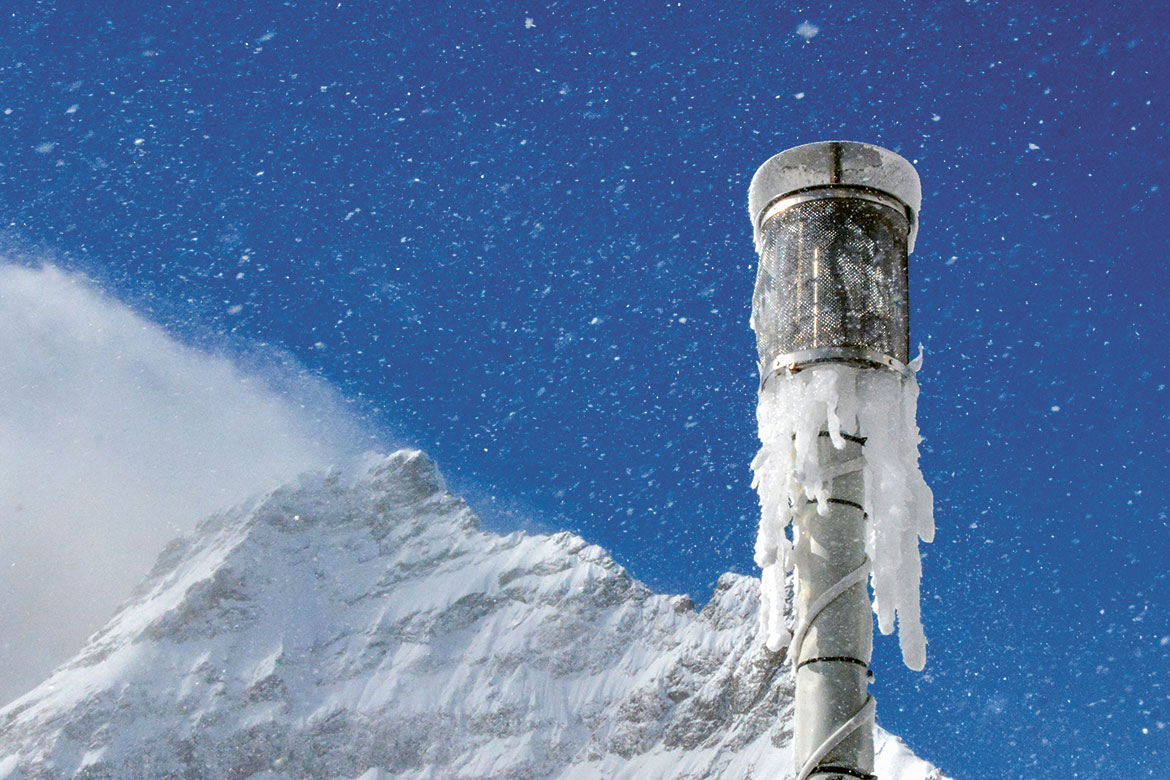
The air inlets needed by the various research groups for taking measurements are often iced up. | Image: Pierre Beuret of the Swiss Federal Office of Public Health
Luckily, our research group guessed early on that HFOs were going to become popular, and so we set up the gas chromatograph and mass spectrometer here on the Jungfraujoch accordingly, back when HFOs were still being tested by industry. I started taking regular measurements in 2011. In the first year, I was unable to discover any HFOs in our 4,000 samples; but a year later, I found traces in two or three. The numbers kept rising after that. Today, we find the compound in some 70 percent of our samples. So it’s just as we suspected: they’ve conquered the market.
A global early warning system
We atmospheric scientists have set up a kind of worldwide early warning system. Our high-Alpine measuring station is just one part of a global network comprising eight stations that exist in friendly competition with each other. I have managed to get them all to start measuring the new trace gases. By comparison, CFCs only began to be measured in the 1970s, when they had already been in use for decades. We keep an archive of air samples in electropolished canisters, and we had to check several years of them to be able to prove that CFCs only began appearing in the atmosphere from a particular point in time onwards.
Sometimes it’s depressing to keep discovering the same man-made molecules that might well be poisonous. But there’s also a positive side to our work: we’re helping to recognise new dangers at an early date. We are especially aware of things up there, where you can watch how the Aletsch Glacier is getting smaller and smaller.
We sometimes also have to stay overnight up on the mountain. There’s a huge difference between night and day up there. In the daytime there are thousands of tourists – it’s a seething mass. But at night everything is dark, it feels colder, and it’s quiet and eerie. Sometimes we just stop what we’re doing so that we can look out over the urban sea of lights in the Bernese Oberland.
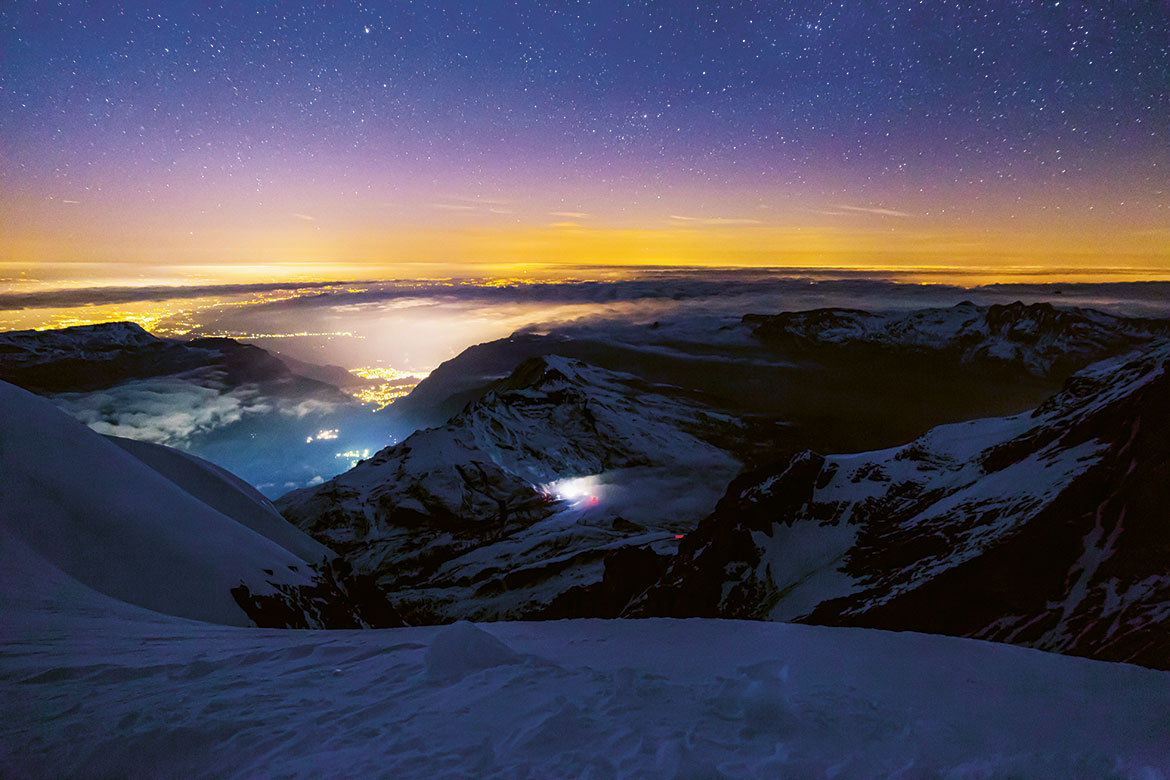
At night, the researchers look out over the sea of lights in the Bernese Oberland. | Image: Keystone/Markus Eichenberger.

